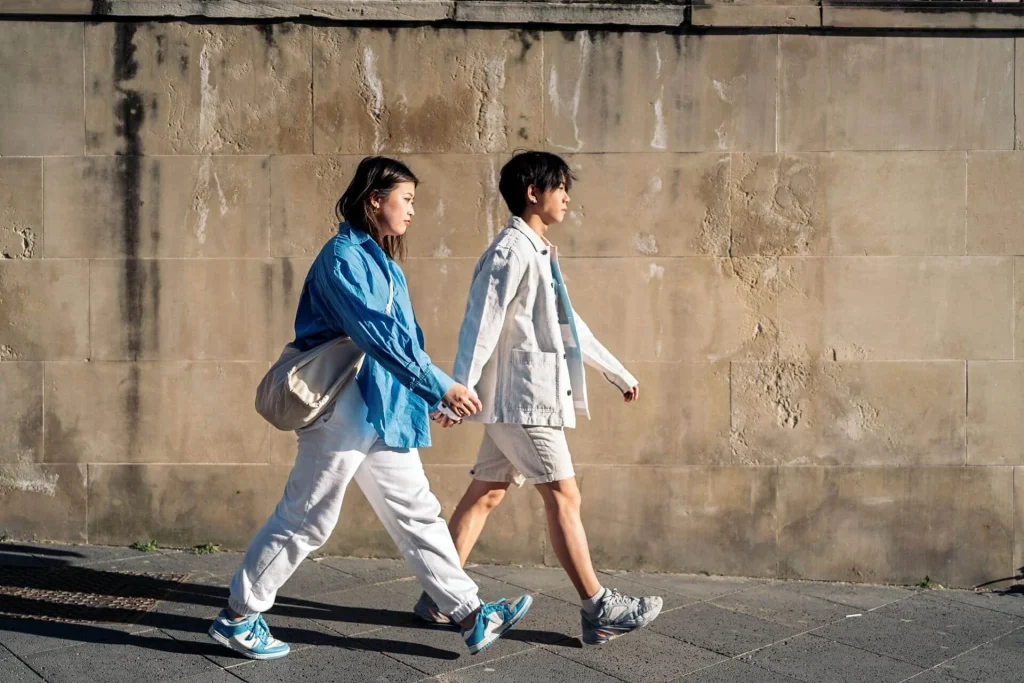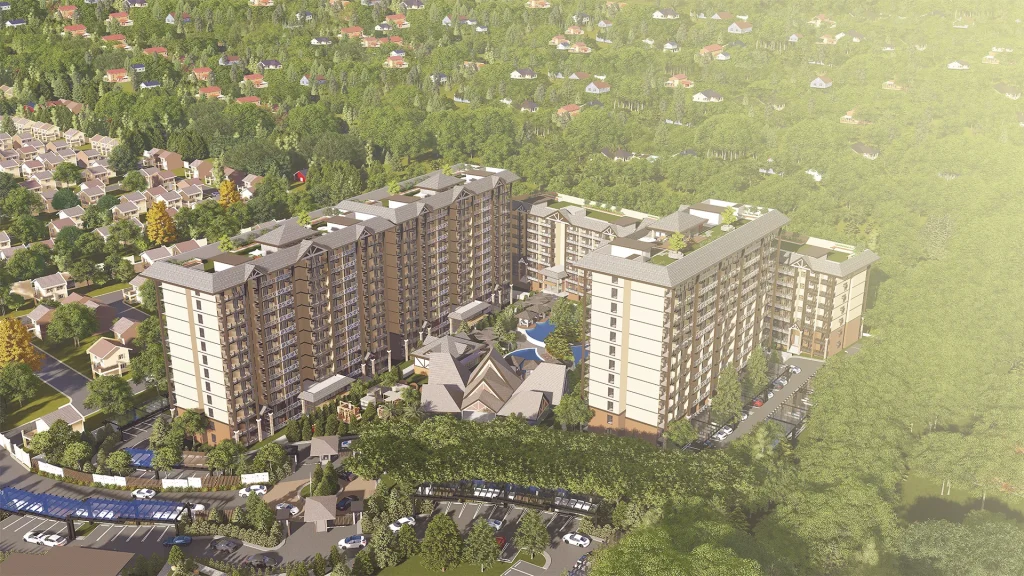The majority of people looking for a condominium in Tagaytay frequently consider things like living in a city where they can travel by foot and having easy access to places like schools, hospitals, and places of recreation and amusement.
Homeowners nowadays also constantly look for a sense of belongingness, a place where they feel safe, have access to a variety of places to engage in physical activity, and don’t have to worry too much about their overall well-being.
However, it is also apparent that the vast majority of the present-day rapidly developing urban centers are car-centric with worrying implications for people’s health. Lung conditions, depression, anxiousness, and a poor general quality of life are only a few of the negative side effects of city living.
The future of urbanized areas does not appear bright unless cities start to grow in more sustainable ways. If city officials and other decision-makers fail to come up with better, more sustainable solutions that strike a balance between population growth and public health, the lives of people living in today’s cities will get much worse.
This article will mainly discuss and highlight the health benefits of walkable communities, as well as their positive effects on the following: individuals, the community, the economy, and the environment.

1. Encourages Having an Active Lifestyle for Longer, Healthier Lives
Walkable communities play a significant role in promoting an active lifestyle and encouraging residents to incorporate physical activity into their daily routines.
Regular exercise, such as walking, has been linked to a number of health advantages, such as better cardiovascular health, better weight control, and a lower risk of developing chronic diseases like diabetes and hypertension.
In walkable communities, the cumulative impact of regular physical activity and better overall health can lead to longer, healthier lives. Residents have a higher likelihood of continuing to lead active lives well into their senior years, which lowers the chance of developing old-age health problems and enhances overall quality of life.
2. Enhances Joy and Mental Wellness
Regular physical activity, like walking, stimulates the release of endorphins, which are natural mood enhancers. The simple act of walking to nearby places in a walkable community can elevate mood, reduce anxiety, and contribute to a positive outlook on life.
People can practice mindfulness and allow their minds to wander while walking in pleasant and comfortable surroundings. Improvements in mental clarity, creativity, and emotional balance can result from these times of introspection and rest.
Walking in a walkable community fosters more social interactions among residents. People are more likely to run into each other on foot, leading to impromptu conversations and social connections. Increased social interaction has been linked to better mental and emotional well-being, reducing the risk of loneliness and depression.
3. Allows for Social Engagement
Walkable communities are designed with the intention of bringing people together and fostering social interaction. These offers an opportunity to have a built environment that encourages residents to interact with each other, leading to stronger community bonds and a sense of belonging.
Parks, town squares, and plazas are often designated gathering spots in walkable cities. These areas act as hubs for social gatherings, events, and community activities, giving locals chances to get to know and interact with their neighbors.
Shared spaces like a condominium in Tagaytay, community centers, playgrounds, and sporting venues that are within walking distance are frequently found in walkable cities as well. By fostering friendships and social connections through common interests and activities, these locations bring individuals together.
4. Offers Safety and Security
Well-designed sidewalks, crosswalks, and pedestrian-friendly streets are traits that define walkable cities. These qualities make walking safe and enjoyable, which increases the likelihood that locals may run into each other and interact with them while out and about.
Communities that are walkable often have slower-moving traffic and better pedestrian safety measures. Residents are more likely to take leisurely strolls or to walk with their kids and pets in this safer setting, increasing the chances for social contact with other walkers.
5. Connectivity to Schools and Public Spaces
The daily commute is made significantly simpler for residents of walkable communities who live close to schools and other public spaces. They can save time and money on transportation by just walking to these establishments. Parents who are dropping off or picking up kids to and from school, those who are seeking medical attention, and people who are simply roaming around the area can all benefit from this convenience.
6. Reduced Carbon Emissions
Walkable communities encourage residents to walk or use non-motorized transportation options, reducing their reliance on cars. This leads to a significant reduction in carbon emissions, air pollution, and greenhouse gases, contributing to efforts to combat climate change.
7. Preservation of Green Spaces
Walkable communities often prioritize the preservation of green spaces and natural areas. This helps protect biodiversity, provides habitats for wildlife, and contributes to the overall health of the ecosystem.
8. Help Improve the Economy
There are several ways in which communities that are walkable have the potential to boost the economy, such as by supporting local businesses, attracting investment, and generating opportunities for employment.
Communities that are walkable benefit from an active street environment and higher foot traffic. As people are more likely to go to neighboring establishments for their daily needs, this foot traffic can considerably help neighborhood businesses including restaurants, cafes, stores, and boutiques.
Housing demand increases as a result of a growing need to live in walkable neighborhoods. Because of this, property values in walkable neighborhoods frequently rise, which is good for locals and attracts more investment.
Experience living in a walkable community at Pinevale

Given that there are numerous commercial establishments, shopping centers, convenience stores, and other recreational opportunities within walking distance for people to visit and spend the majority of their time, a condominium in Tagaytay is one excellent example of property development that could help increase walkability.
The second summer capital of the Philippines, Tagaytay, is noted for its cool, breezy wind and Pinevale offers an out-of-country living experience as well as a lifetime of enjoyment.
In a tranquil mountain location meant for quiet relaxation, family bonding, and cheerful get-togethers, residents may spend time in stress-free, warm privacy amid nature’s offers and thoughtfully laid-out amenities that are only a short stroll away at Pinevale.
Read more: Things to Be Prepared for When Buying Your First Home


